Meeting people is central theme in new design Student Sports Centre
The Student Sports Centre will receive a makeover in order to better accommodate its more than thirteen thousand members. An important central theme is ‘meeting.’ The new central meeting area / spacious entrance hall will be surrounded by extensions and renovations to create more room for the fitness area and group lessons. At the same time, possibilities to improve the building’s logistics will be looked at. The design isn’t completely finished yet: one of the things still under consideration is the location of the current electricity substation.
Corona caused relatively few cancelations, but the increase in the number of new members doesn’t keep pace with the usual figures, director of the Student Sports Centre (SSC) Wim Koch knows. Nevertheless, even with the current membership numbers, the SSC is still too small and in need of an expansion. “Other things have become important too as a result of corona: take the narrow corridors for example, of which we have many. That’s just very inconvenient when you’re trying to keep distance. In addition, the entrance hall is too small, which leads to congestions.”
Rietveld design preserved
As said, the ‘meeting area’ is a central theme in the design of the new SSC. “The design is such that you always pass through it one way or another,” Koch says. Surrounding it, there are areas for fitness, group lessons, swimming and team sports. “Meeting people is very important to us, especially because the university strives for inclusivity. In the past, you would practice sports, maybe grab a beer, and go home. Now, you practice sports together more often, or you do it so that you can meet people. It’s an easy way to bring people together, but you need to have space for it. The current facility for eating and drinking is just too small for that.”
The SSC was designed by Gerrit Rietveld, and TU/e’s quality committee will see to it that the new design preserves the building’s original character. “We won’t simply add a few blocks to the building. We are currently in the design phase: what construction options do we have, based on the requirements program, and what consequences will this have? Should you expand to the west (in the direction of the hockey fields, which will remain intact, ed.)? Or more towards north, or a bit in both directions?” The studies prove very useful, because an electricity substation turned out to be a costly stumbling block: that’s not something you can just pick up and move. It provides the entire SSC with electricity. “Therefore, whether to integrate or to relocate is an important consideration.”
Regardless of the preferred option, the SSC will be extended with two ‘omnizalen,’ one large and one small, and a Body&Mind space. An ‘omnizaal’ is a multifunctional sports hall, but mainly intended for group lessons. It is also suitable for defense combat sports and yoga. The halls don’t need to have very high ceilings, but they do need to accommodate, depending on their size, 30 to 70 people. Under the current situation, group lessons take place in the large halls, which are divided into an A section and a B section. That’s doable, but it hinders the sports activities that take place there, such as indoor soccer and volleyball. “Once we have those new halls for group lessons, we will have more space for team sports. And those omnizalen are better equipped for group lessons: atmosphere, light, music and sound are all integrated,” Koch says.
Renovation
Apart from an extension, the design also includes the renovation of a number of existing spaces, such as the changing rooms at the swimming pool, which will be enlarged. The closure due to corona made it possible to renew the floors of the halls and to paint the walls.
The office spaces for SSC staff members will be renovated, but not extended. Koch: “Corona taught us that you can work in different ways as well. Practically everyone here has a laptop now, and people can work more from home. I am realistic though, naturally: some people who travel from far or who have many teaching duties can still work here. But personally, it’s easy for me to work from home one day a week and make my office available as a work place for whoever needs it. We are going to try and reroute the flow of people who use the corridors next to the offices to get to the changing rooms. This allows our staff members to work more quietly,” Koch says.
Total Engineering
Work will probably commence in the spring of 2021. Corona has moved everything up to some degree. “We now hope to be finished in early 2023, depending on what we run into during the process. We take a total engineering approach, carried out by DP6. It proceeds holistically from the start, and takes budget, sustainability, archeology and engineering into account as well when considering the design’s implications, so that we’ll have as few surprises as possible afterwards. That might be a bit more time consuming at the beginning, but you actually save time and reduce costs in the long term. The project is costed at eleven million euros, and we can expand no more than 2,440 square meters. We keep those square meters in mind with all designs. And we have our eye on the future as well: when we want to further expand fifteen or twenty years from now, it has to be consistent with this innovation. Once the sketch design of the building’s architecture is completed, we will sit down with the users – athletes, sports instructors, etcetera – to discuss the detail design. What is an efficient layout of the spaces? What should be present there in any case? Where should the entrance be located? We coordinate that together,” Koch says.
Athletes need not worry about a temporary capacity reduction once construction starts. “We will look into ways to solve that: perhaps we can rent external spaces temporarily. There are many solutions that allow people to continue to practice sports.” Koch expects that membership numbers will start to climb sharply again after the renovation is completed, “but that also depends on the university’s growth, naturally.”
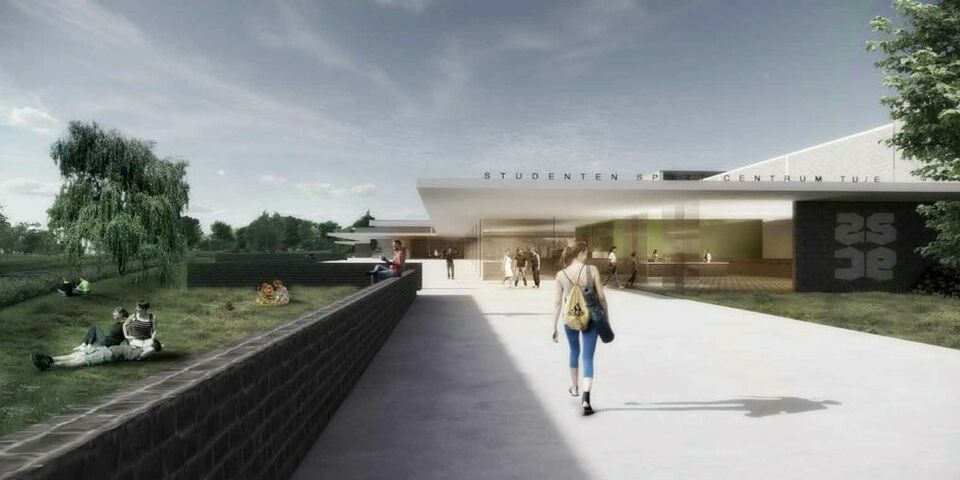

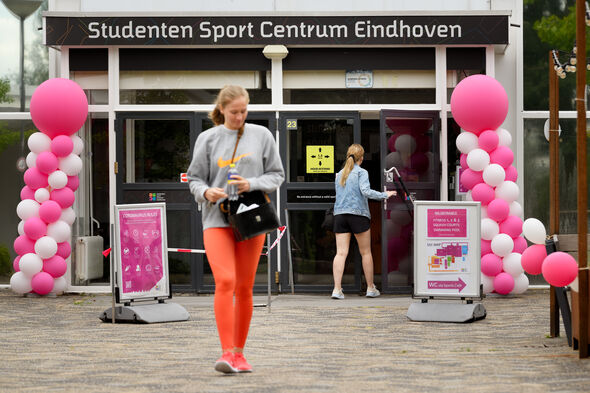
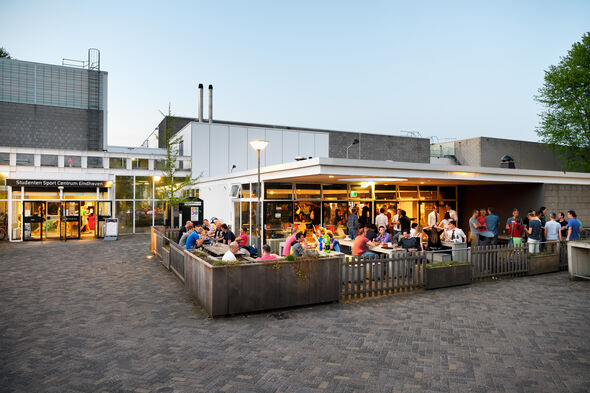
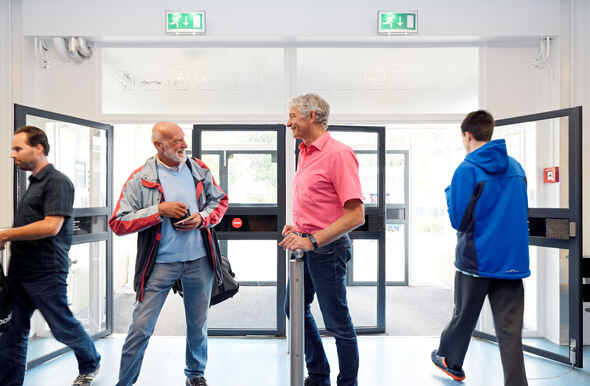
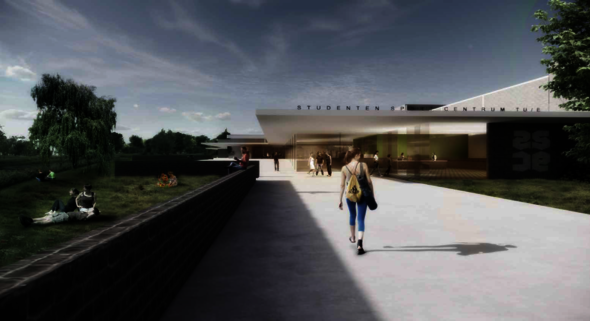
Discussion